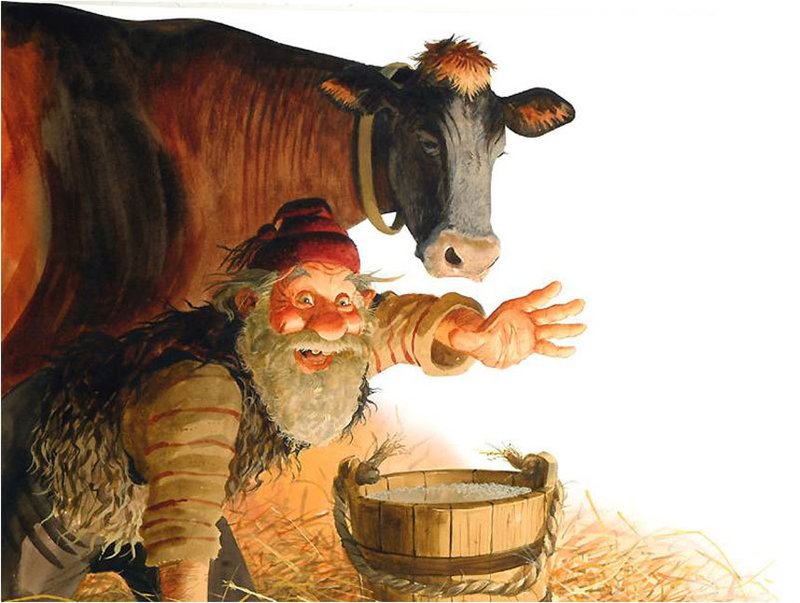For many of us, the holidays are full of new and old traditions. We are fascinated by the unique cultural differences and similarity between how women connect with family and friends at this celebratory time all around the world. We thought it would be fun to highlight some unique holiday customs in a few of the countries we will visit in 2019. So here’s what’s in store in holiday fun in Iceland, Vietnam and Mexico. Did you know?
Celebrating the Holidays in Iceland: “Yulelads”
One of our favorite stories about holiday traditions comes from Iceland where thirteen ‘Yulelads’ visit the homes of children in lieu of one visit by Santa Claus. In the days leading up to December 24th, Icelandic children put a shoe in their window in the hopes that they will receive a small treat or gift during the daily visit of a mischievous (and, in modern times, mostly benevolent) jólasveinar, or Yulelad. Traditionally, they leave treats and small gifts or rotting potatoes, depending on how well behaved they have been over the year.
Nowadays, these lads are harmless and just like to have a little mischief. Each Yulelad is unique and makes the journey from his home in the mountains to town on his appointed day to perform a very specific task. Iceland’s thirteen Yulelads are aptly named and their tasks involve irritating farm animals; stealing and licking various pots and bowls clean; eating Icelandic yogurt and stolen baked goods; stealing candles; and our personal favorite, the door slammer, who simply slams doors to keep everyone awake. But every Yulelad always leaves a little gift in a shoe as repentance for his mischief.

13 Icelandic Yulelads and their parents
Photo credit: iceland.is
Vietnamese New Year: Tet Nguyen Dan
The most important and well-known holiday in Vietnam is Tet Nguyen Dan, or simply Tet, the Vietnamese New Year. Tet is like Thanksgiving, Christmas, and a birthday all in one celebration.
This Vietnamese national holiday officially lasts only three days, but unofficially can last up to ten days. It always falls on the first night of the new moon in the first month of the lunar new year. In 2019, Tet falls on February 5th, and will be celebrated from February 2nd to the 10th.
Tet signifies the beginning of the year and the first day of spring…as well as the chance to begin anew. This turning point is a time of pilgrimage and family reunion, a celebration of ancestors, a time to give money to children and elders, and focusing all Vietnamese on looking ahead to a better year.
Mexico’s “Day of the Dead”: A Cultural Tradition Honoring the Past
This Mexican celebration occurs before December, but it’s another favorite: the annual celebration of Dia de los Muertos (Day of the Dead), one of Mexico’s most colorful events. “Day of the Dead” takes place on November 1 and 2, around the fall maize harvest, celebrating both the gift of life and the honor of death. In Mexico, this festival is typically symbolized by colorful calaveras (skulls) and skeletons.
The goal of this tradition is to “demonstrate love and respect” for ancestors. Celebrating Day of the Dead involves song and dance, parades, offerings to deceased loved ones, and the famous catrina contest. In the early 20th century, Mexican political cartoonist and lithographer José Posada created a personification of death as a rich skeleton wearing a fancy, 1820s-style European dress usually accompanied by a large flamboyant hat and elaborate makeup—the message being, that underneath, we are all the same.
Nowadays, Mexican people celebrating this tradition compete in the catrina contest for best makeup and costume. The elaborate Dia de los Muertos is truly a feast for the senses. In fact, we like this one so much that we built a trip around it in Baja Mexico in November 2019 – join us!
What are some of your favorite holiday traditions that you have experienced at home and abroad? Let us know. We always love hearing about what you’ve discovered and why you love it!






